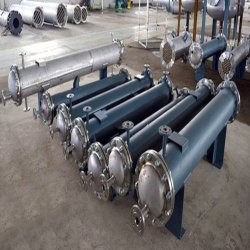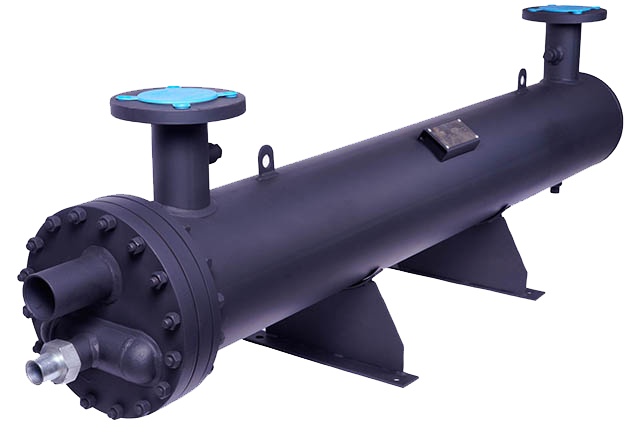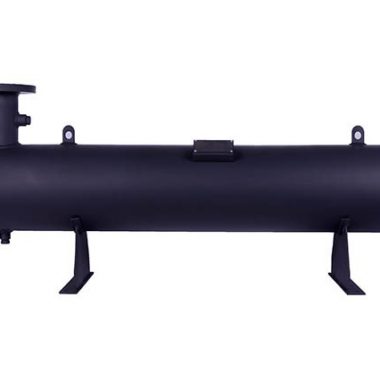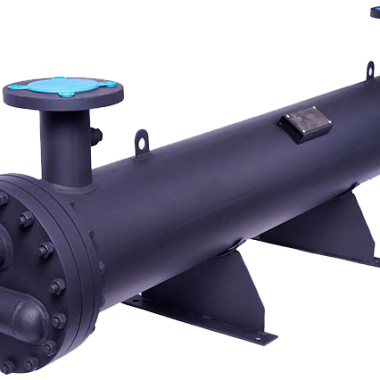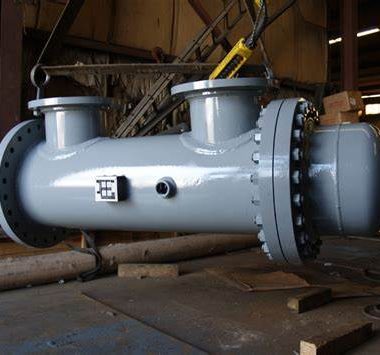Disadvantages for Shell and Tube Heat Exchangers
Disadvantages for Shell and Tube Heat Exchangers
Whereas shell and tube heat exchangers offer various preferences, they moreover have a few confinements and disadvantages for shell and tube heat exchangers :
1) Size and Space Requirements:
Shell and tube heat exchangers tend to be bigger and bulkier compared to other sorts of heat exchangers, requiring more space for installation. This may be a impediment in applications where space is limited or expensive.
2) Higher Cost:
The plan complexity, materials, and fabricating forms included in shell and tube heat exchangers can lead to higher initial costs compared to simpler heat exchanger plans. Furthermore, maintenance and cleaning may bring about additional costs.
3) Limited Heat Transfer Productivity:
In spite of the fact that shell and tube heat exchangers give effective heat transfer, their adequacy can be decreased in applications with low temperature differentials or non-ideal flow conditions. This may necessitate bigger heat exchanger sizes to attain desired execution.
4) Potential for Fouling:
Shell and tube heat exchangers are vulnerable to fouling, particularly in applications where liquids contain suspended solids, scale-forming minerals, or organic development. Fouling can diminish heat transfer efficiency, increment weight drop, and require more frequent cleaning or maintenance.
5) Complex Cleaning and Maintenance:
Whereas shell and tube heat exchangers are moderately simple to preserve compared to a few other sorts of heat exchangers, cleaning and maintenance procedures can still be complex and time-consuming, particularly for huge units with multiple tube passes.
6) Limited Adaptability to Process Changes:
Once introduced, shell and tube heat exchangers may be less versatile to changes in handle conditions or necessities compared to more modular plans. Modifications or upgrades may require significant downtime and cost.
7) Vulnerability to Thermal Stress:
Thermal cycling and temperature varieties can actuate thermal stress within the tubes and shell of heat exchangers, driving to fatigue disappointment or breaking over time. Proper plan, fabric selection, and working procedures are basic to relieve this chance.
8) High Pressure Drop:
Shell and tube heat exchangers can encounter generally high pressure drops, particularly in plans with numerous tube passes or complex stream designs. This may result in increased pumping control prerequisites and energy consumption.
Despite these impediments, shell and tube heat exchangers stay widely utilized in different businesses due to their flexibility, reliability, and effectiveness. Cautious consideration of these confinements during design, operation, and support can help moderate their affect and ensure ideal performance.
